3.6V-3200mAh-LG-GBMH1-18650 Battery
LG18650MH1 Battery–(LGGBMH11865 3.6V )
The LG 18650 MH1 battery – LGGBMH11865 battery comes up with a nominal capacity of 3200mAh, the voltage of 3.6V .
The LG MH1 is a rechargeable, li-ion battery with 500+ charge cycles, making it a great value even among other 18650 batteries. INR (lithium nickel manganese) chemistry offers a superior 3,200mAh capacity compared to most IMR (lithium manganese) cells, while retaining a maximum discharge current of 10A. The flat top terminal design is great for use in creating battery packs.
LG MH1 INR 18650 3200mAh 3.67V High-Drain 10A Lithium Ion (Li-ion) Unprotected Flat Top Battery
The LG MH1 is a solid 18650 battery. Measuring in at 3200mAh and 10A, it is not considered a high-drain battery. It is however, a high-capacity battery with a fairly good maximum continuous discharge rating. SO This is an absolutely excellent cell for anyone seeking high performance 18650 cells.
HIGHLIGHTS OF LG18650 GBMH1
Max. continuous discharge current: 30A
Chemistry: INR/NCA
Max. continuous discharge current: 10A
Nominal capacity: 3200 mAh
Nominal voltage: 3.6 V
Discharge end voltage: 2.5 V
Charging voltage: 4.20 +/- 0.05 V
Standard charging current: 1550 mA
Max charging current: 3100 mA
Application:a wide range of devices including a wireless headset, portable page scanner, or smart video doorbell
APPEARANCE
There shall be no such defects as deep scratch, crack, rust, discoloration or leakage, which may adversely affect the commercial value of the cell.
Diameter : 18.39 ± 0.11 mm
Diameter is defined as the largest data value measured on the “A” area of a cylindrical cell.
Height : ≤ 65.15 mm

Nominal Specification of LG-18650-MH1
| ltem | Condition / Note | Specification |
|---|---|---|
| Energy(Power) | Std.charge/discharge | Nominal 3200 mAh |
| - | Minimum 3100 mAh | |
| Nominal Voltage | Average | 3.67V |
| Standard Charge | Constant current | 0.5C (1550mA) |
| Constant voltage | 4.2V | |
| End current(Cut off) | 50mA | |
| Max. Charge Voltage | - | 4.2 ± 0.05V |
| Max. Charge Current | - | 1.0 C (3100mA) |
| Standard Discharge | Constant current | 0.2C (620mA) |
| End voltage(Cut off) | 2.5V | |
| Max. Discharge Current | - | 10A |
| Weight | Approx. | Max.49.0 g |
| Operating Temperature | Charge | 0~45℃ |
| Discharge | -20~60℃ | |
| Storage Temperature(for shipping state) | 1 month | -20~60℃ |
| 3 month | -20~20℃ | |
| 1 year | -20~20℃ |
Performance Specification
4.1.1 Standard Charge
Unless otherwise specified, “Standard Charge” shall consist of charging at constant current of 1,425mA. The cell shall then be charged at constant voltage of 4.2V while tapering the charge current. Chargingshall be terminated when the charging current has tapered to 50mA. For test purposes, charging shall be performed at 25ºC ± 2ºC
4.1.2 Standard Discharge
“Standard Discharge” shall consist of discharging at a constant current of 570mA to 2.5V. Discharging is to be performed at 25 ºC ± 2 ºC unless otherwise noted (such as capacity versus temperature).
4.1.3 Fast Charge / discharge condition
Cells shall be charged at constant current of 1,000mA to 4.2V with end current of 100mA. Cells shall be discharged at constant current of 6,000mA to 2.75V. Cells are to rest 5 minutes after charge and 5 minutes after discharge.
| Item | Condition / Note | Specification |
|---|---|---|
| Initial AC Impedance | Cell shall be measured at 1kHz after charge per Standard Charge | ≤ 40 mΩ, without PTC |
| Initial Power | Cells shall be charged per Standard Charge and discharged per Standard Discharge within 1h after full charge. | ≥ 3100 mAh |
| Cycle Life | Cells shall be charged and discharged per high drain charge rate 500 cycles. A cycle is defined as one charge and one discharge. 501st discharge power shall be measured per standard charge and standard discharge. | ≥ 70 % (of Cmin in 2.1) |
| Item | Condition / Note | Specification | |
|---|---|---|---|
| Storage Characteristics | Cells shall be charged per Standard Charge and stored in atemperature-controlled environment at 23°C ±2C for 30 days. After storage, cells shall bedischarged per Standard Disharge to obtain the remainingpower*. | Power remaining rate ≥90%(Pmn in 2.1) | |
| High TemperatureStorage Test | Cells shall be charged per Standard Charge and stored in atemperature-controlled environment at 60°C for1 week. After storage,cells shall be dischargedper Standard Disharge and cycled per High Drain Rate Charge for 3 cycles toobtain recovered power**. | No leakage,Power recovery rate ≥80% | |
| High Temperature andHigh Humidity Test | Cells are charged per Standard Charge and stored at 60°C((95% RH) for 168 hours. After test, cells aredischarged per Standard Disharge and cycled per High Drain Rate Charge for 3cycles to obtain recovered power. | No leakage, No rustPower recovery rate ≥80% | |
| Thermal Shock Test | 65°℃(8h)- 3hrs→-20C(8h) for 8 cycleswith cells charged per Standard Charge After test, cells aredischarged per Standard Disharge and cycled per High Drain Rate Charge for 3cycles to obtain recovered power. | No leakagePower recovery rate ≥80% | |
| Temperature Dependency of Capacity | Cells shall be charged per Standard Charge at 23ºC ± 2ºC and discharged per Standard Discharge at the following temperatures | ||
| Charge | Discharge | Capacity | |
| 23℃ | -10℃ | 70% of Pini | |
| 0℃ | 80% of Pini | ||
| 23℃ | 100% of Pini | ||
| 60℃ | 95% of Pini | ||
* Remaining Capacity : After storage, cells shall be discharged with standard condition(4.1.2) to measure the remaining capacity.
** Recovery Capacity : After storage, cells shall be discharged with standard discharge condition(4.1.2), and then cells shall be charged with standard charge condition(4.1.1), and then discharged with standard discharge condition(4.1.2). This charge / discharge cycle shall be repeated three times to measure the recovery capacity
Warning:
1). Do not disassemble, dispose of in fire, heat or short circuit.
2).Do not insert batteries with the(+)and(-)reversed.
3). Do not mix fresh batteries with used batteries.
4).Do not submerge the battery in water
Want More Details: Download our battery design ebook.Lithium Battery Design Design Ebook Download(2M, 20 pages, PDF)
How to Custom 18650 Battery Pack
We have the unique ability to develop custom 18650 battery pack to fit your needs. Our expert team of chemists, engineers, and manufacturers who use proven chemistry and production methods that will get from spec to production fast. Slim, flexible, more powerful.
WHAT WE CUSTOM
WHY CHOOSE US

custom lithium battery packs collection
3.6V SAMSUNG 18650 BATTERY CELLS
3.6V SAMSUNG & Molicel 18650 BATTERY CELLS
3.6V LG 18650 BATTERY CELLS
3.6V PANASONIC & SANYO 18650 BATTERY CELLS
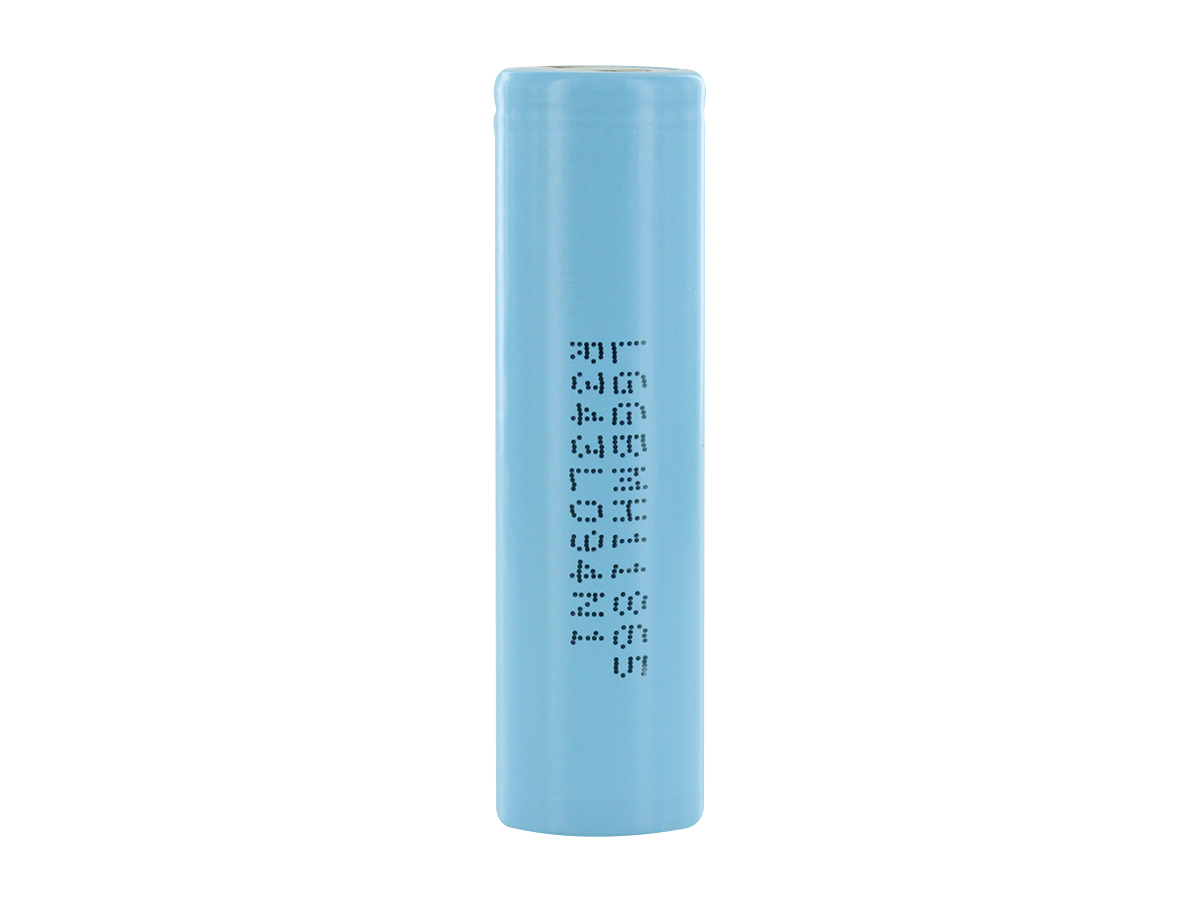










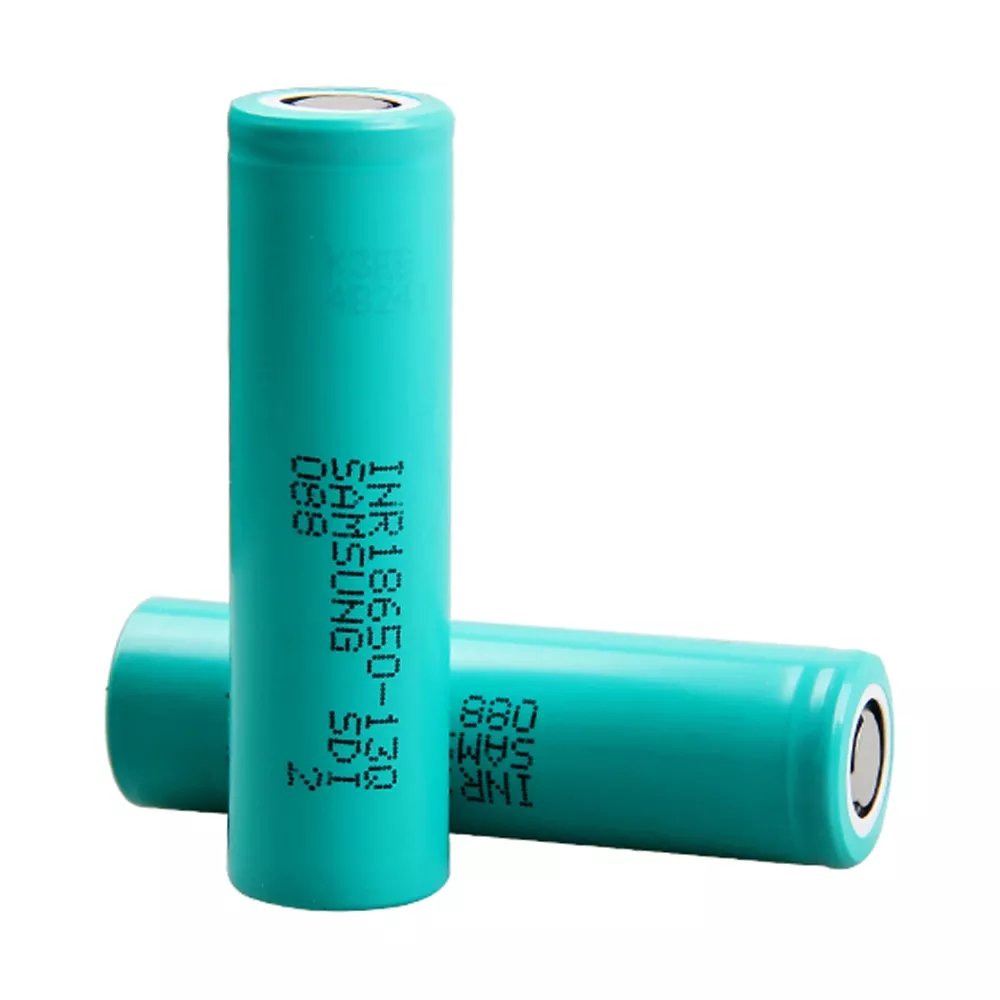

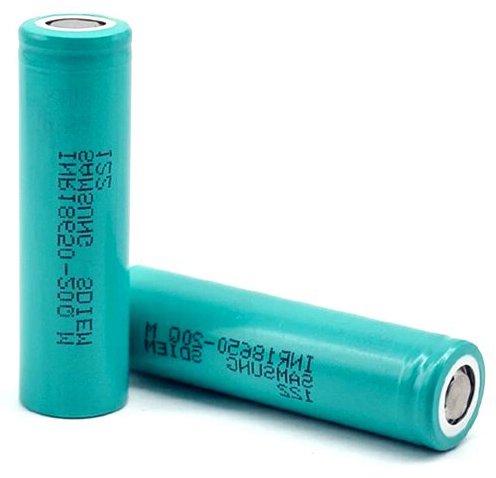











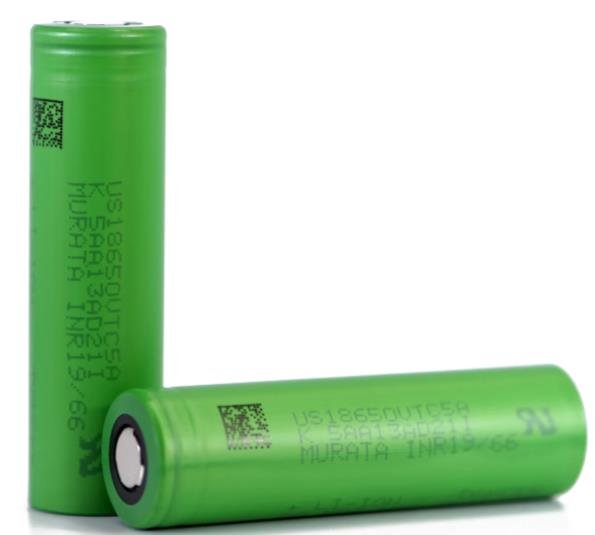











 LG 18650 S3
LG 18650 S3 LG 18650 HE4
LG 18650 HE4 LG 18650 B4
LG 18650 B4 LG INR18650 MJ1
LG INR18650 MJ1 LG 18650 HE2
LG 18650 HE2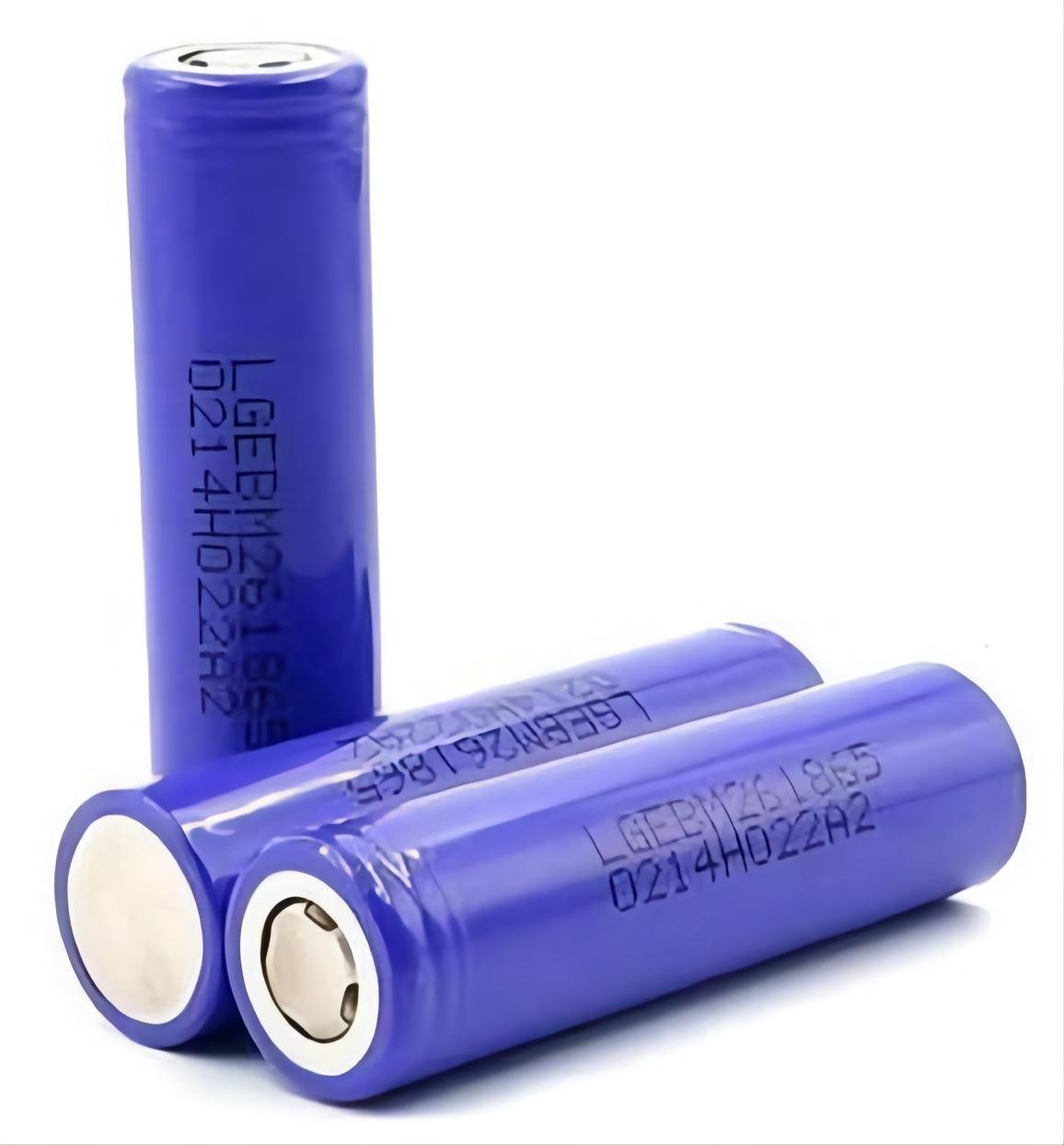 LG 18650 M26
LG 18650 M26
 LG 18650 C4
LG 18650 C4 LG 18650 MG1
LG 18650 MG1 LG INR18650 HJ2
LG INR18650 HJ2 LG 18650 MH1
LG 18650 MH1 LG INR18650 F1L
LG INR18650 F1L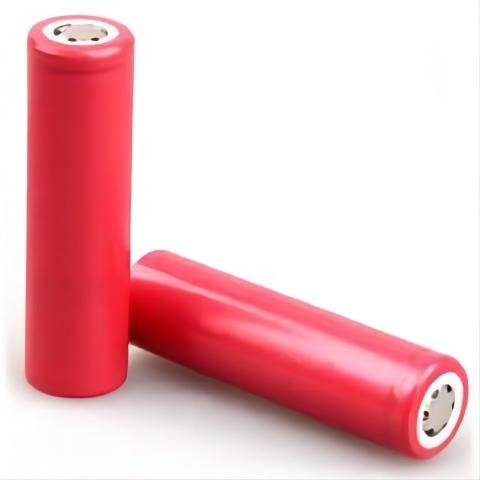 Sanyo UR18650 AY
Sanyo UR18650 AY
 Panasonic UR18650 NSX
Panasonic UR18650 NSX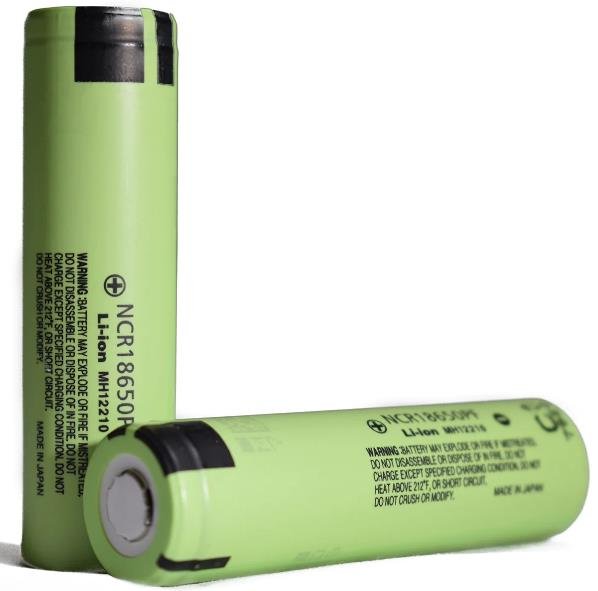 Panasonic UR18650 PF
Panasonic UR18650 PF Panasonic NCR18650 A
Panasonic NCR18650 A Panasonic NCR18650PD
Panasonic NCR18650PD Panasonic NCR18650 BM
Panasonic NCR18650 BM
 Sanyo NCR18650 BL
Sanyo NCR18650 BL